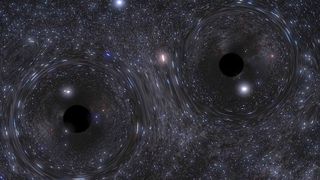Astronomy
Latest about Astronomy
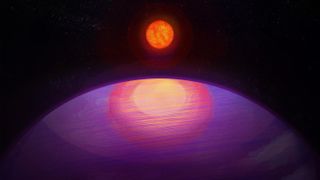
This 'forbidden' exoplanet is way too massive for its star
By Robert Lea published
"This discovery really drives home the point of just how little we know about the universe. We wouldn’t expect a planet this heavy around such a low-mass star to exist."
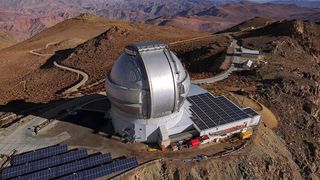
Gemini South Telescope in Chile to run solely on clean energy by 2027
By Sharmila Kuthunur published
NOIRLab says it's on track to halve its planet-warming emissions by the end of 2027.
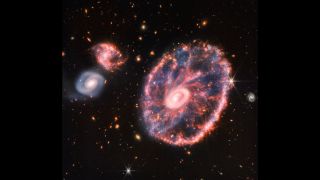
Data science helps cross-check space discoveries 'across time and telescopes'
By Elizabeth Fernandez published
It’s not always easy to match objects from various telescopic surveys. A new method can change this, allowing objects to be matched in up to 100 different surveys.
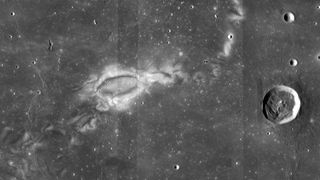
'Lunar swirls' have confused scientists for years. New NASA moon data might clear things up
By Robert Lea published
"Finding a relationship with topography in one swirl location could just be a fluke, but finding it in two vastly separate swirl regions is harder to ignore."

What did ancient humans know about astronomy?
By Paul Sutter published
Humanity's ability to track and monitor celestial cycles stretches back into prehistory, long before the invention of telescopes and astrolabes.
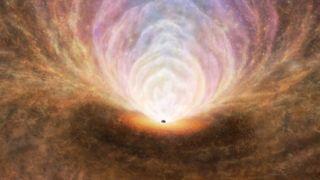
Supermassive black holes are messy eaters big on recycling
By Robert Lea published
These observations could hint at how the cosmic titans grow to hold the immense masses we calculate.

Star-birthing galaxies can hide supermassive black holes behind walls of dust
By Robert Lea published
Feeding supermassive black holes, hosting objects that power quasars blasting out the most powerful light in the universe, could hide in galaxies behind thick clouds of dust.
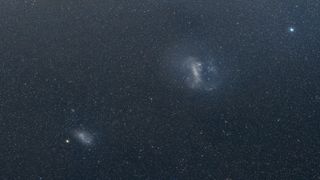
The Magellanic Clouds must be renamed, astronomers say
By Monisha Ravisetti published
A coalition of over 50 astronomers is calling to rename the Large and Small Magellanic Clouds.
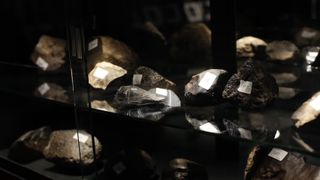
Space rocks and asteroid dust are pricey, but these aren’t the most expensive materials used in science
By Chris Impey published
I use moon and Mars rocks in my teaching and have a modest collection of meteorites. I marvel at the fact that I can hold in my hand something that is billions of years old from billions of miles away.
Get the Space.com Newsletter
Breaking space news, the latest updates on rocket launches, skywatching events and more!
